Canadian Merchant Surcharging - Doomsday for credit cards? Or a bump on the road?
Working in a global insights business like RFI, I try as much as possible to ensure that I am across the analysis and trends that we are creating and reporting to clients around the globe. To this end, I was listening to my colleague George Kawar in Canada present insights on the Canadian payments landscape recently. After the presentation, there are two things that stuck with me – firstly, George is a great presenter, and secondly, that the impact of the changes to merchant surcharging at the back end of 2022 would be very interesting to see play out.
It was certainly interesting timing, with so much focus on cost of living and CPI in Canada having increased dramatically last year. In October 2022, when this announcement came out, CPI stood at 6.9%. The prospect therefore of an additional costs being added to consumers’ bills came with a sense of foreboding.

A recap on changes to surcharging
As a quick recap, in the decade leading up to 2021, several class action lawsuits were brought by merchants in the Canadian provinces of Alberta, British Columbia, Ontario, Québec and Saskatchewan against the card networks and the banks. The merchants claimed that the credit card processing fees they were charged (the Merchant Discount Fees) were a hardship for their businesses.
As a result of the lawsuit, as of October 2022, Canadian merchants (outside of Québec) are able to charge customers a surcharge of up to 2.4% on credit and debit card payments. Merchants must give 30 days’ notice to the card networks and their acquirers before doing this, which means that November 2022 was effectively the first month in which this surcharging could occur.
Consumer reactions
With this news emerging, RFI got on the front foot and asked Canadian consumers what they would do in the face of this merchant surcharging. Now, you don’t have to be a psychic to know that consumers will not love the idea of a potential increase in costs, and so when 37% of credit cardholders tell us they would reduce their credit card usage significantly and 38% will reduce their usage somewhat if confronted with a surcharge of up to 2.4%, it did not surprise us.

So will we see a reduction in CC usage?
The question is, do we expect that we’re going to see 75% of credit cardholders reducing their spending? It’s always hard to know what is going to happen when changes to regulation like this occur; the difference between sensible conjecture and hyperbole is not often clear. And that is why its handy to be able to draw parallels from other markets that have been through a similar process.
For these purposes, I’m going to look at the Australian market. Both Canada and Australia are increasingly reliant on electron payments from credit and debit cards and are moving away from cash and cheques – albeit cheques are much more significant in Canada than in Australia.

As the chart shows, the volume of purchase transactions (CNP as well as in-person) has grown over the last few years, and while there is a skew towards debit in Australia vs Canada, the total number of credit and debit purchase transactions in 2021 was remarkably similar – 11.91bn in Canada vs 11.97bn in Australia. Data in 2022 is not available for 2022 in Canada (kudos to the RBA for its wealth of payments statistics).
I show these comparisons in order to qualify my assumptions that the changes in usage of Canadian consumers could be expected to be in line with the changes in usage of Australian consumers when similar surcharging was introduced in 2003.
And how significant was that change? The answer is that the number of purchase transactions made by Australian consumers on both credit and debit have grown significantly since 2003. The RBA data shows that in 2003 and beyond there was no short or long term decline in the number of transactions beyond expected seasonality.

How about a shift from credit to debit?
As merchants will be allowed to surcharge only to recover costs, the other question that is worth asking is whether we will see a shift from credit card to debit card spend. I.e., if a merchant will charge more to surcharge a credit transaction than a debit transaction, will Canadians opt for the latter? According to the RBA’s survey of consumers in 2013, typical surcharging levels in Australia at the time were 1.5% for Mastercard and Visa credit, whereas debit cards were less likely to be surcharged, consistent with the difference in cost to most merchants.
This one is therefore harder to answer with Australian data. There are several factors that complicate it, including:
- Growing aversion to credit – over the last 15 years consumers have increasingly preferred to use debit cards over credit cards due to the implications of indebtedness associated with credit cards.
- Dilution of credit card reward schemes – another RBA regulation which reduced the attractiveness of using credit cards to accumulate rewards.
- Growing number of people with Visa and Mastercard debit cards – which offer greater online purchasing functionality, coupled with a younger generation of consumers that have been trained on using these ‘scheme’ debit cards.
All of these have certainly contributed to what we see in the payments data today, which is that the number of debit card transactions has grown significantly faster than credit card transactions as the chart below shows.

So the question now is, why didn’t consumers change their behaviour wholesale in the face of card surcharging? Why didn’t they ditch their credit cards altogether? I would say that it comes down to three major factors:
- Surcharging happened gradually in Australia. Not all merchants surcharged card payments immediately that the no-surcharge rule was scrapped, which reduced the need for consumers to react so strongly.
- The alternative is not necessarily palatable. The reality is that oftentimes, the surcharge is not obvious to the consumer until they are at the point of sale. At that point, cardholders are often too invested in the payment and so just proceed. The act of changing merchant to purchase the same goods/ services, opting for another payment mechanism in your wallet, going to get cash if you don’t have it or at the most extreme, walking away from a transaction are not necessarily things that human beings like to deal with.
- The alternative is not necessarily an option. As surcharging becomes more commonplace, the alternative to one merchant that might surcharge is another merchant that surcharges. Some people need the borrowing facility of the credit card, even if the intention is not to revolve any balance for an extended period of time. Ultimately, if you want/ need to pay for something by credit card, then choice is not a factor.
- People will pay a fee for convenience (even if they don’t like to admit it). Finally and ultimately, even if you know a merchant will surcharge you, many of us would rather do what is most convenient than travel (in the physical) or find (in the digital), an alternative. We have a choice, pay the surcharge and enjoy the range of benefits offered by credit cards - convenience, rewards, borrowing capability – or don’t pay the surcharge and forego these benefits.
Get in touch for more insights.
About the Author
Alan Shields is the co-founder and a director at RFI Global, he oversees the design, roll-out and delivery of syndication and custom products to RFI Global’s clients globally. Alan has more than 20 years’ experience in research analysis and has spent his entire career focused on financial services across the globe including Europe, North America, the Middle East and Asia Pacific.
He has worked on syndicated and bespoke projects with every bank in Australia and New Zealand, with most major banks in the Asia Pacific region, as well as the major global banks. Prior to setting up RFI Global in 2006, Alan was Head of Financial Services – Asia Pacific at global research firm, Datamonitor, establishing Datamonitor’s financial services business in the Asia Pacific region in 2004, after relocating to Sydney from London. Alan began his career with Reuters in London as a financial services consultant, where he worked on the Nasdaq Europe project before moving to Singapore and focusing on wealth and risk management in the region. He is a regular speaker at thought leadership events across the US, Canada, Europe, Asia and Australia and authors regular articles on the latest global consumer banking trends.
He has a Bachelor of Science Degree in Physics from the University of Birmingham and studied his License de Physique at the Universite de Bordeaux I.






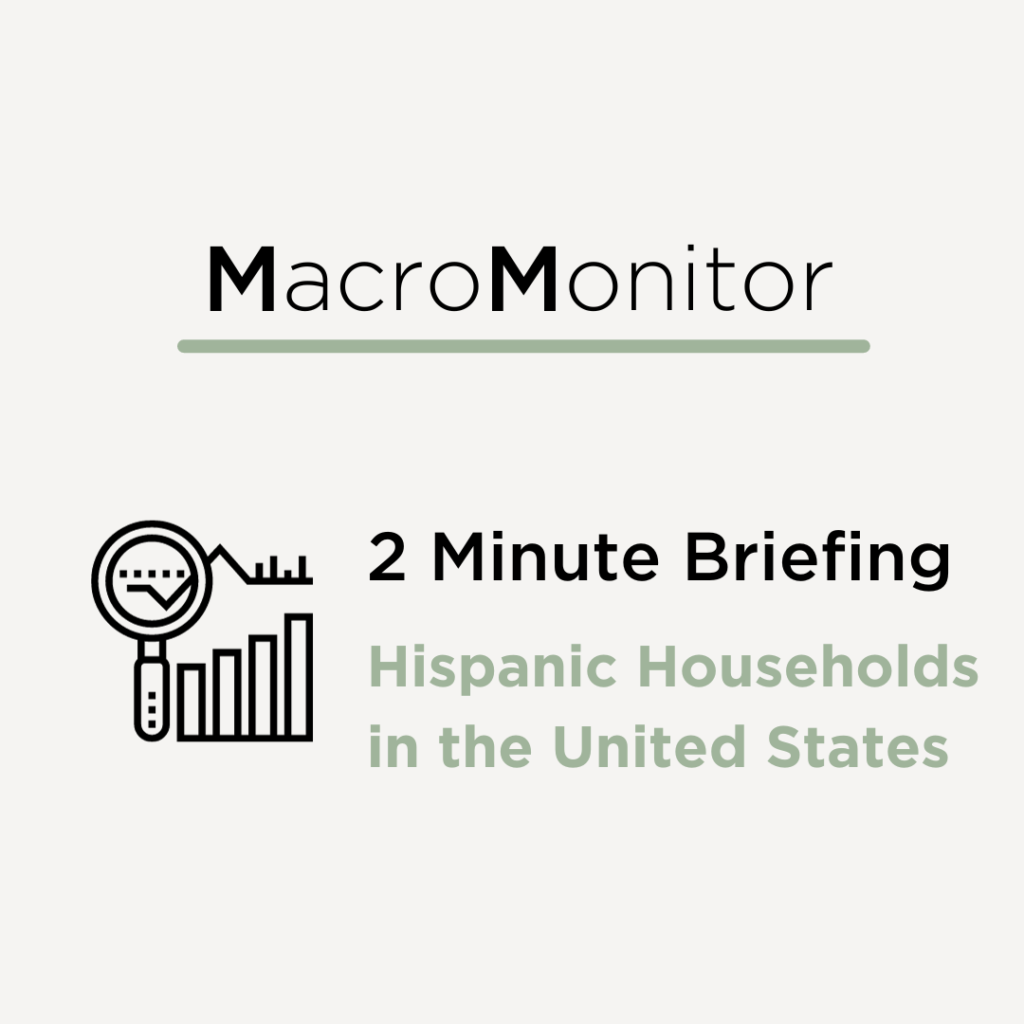













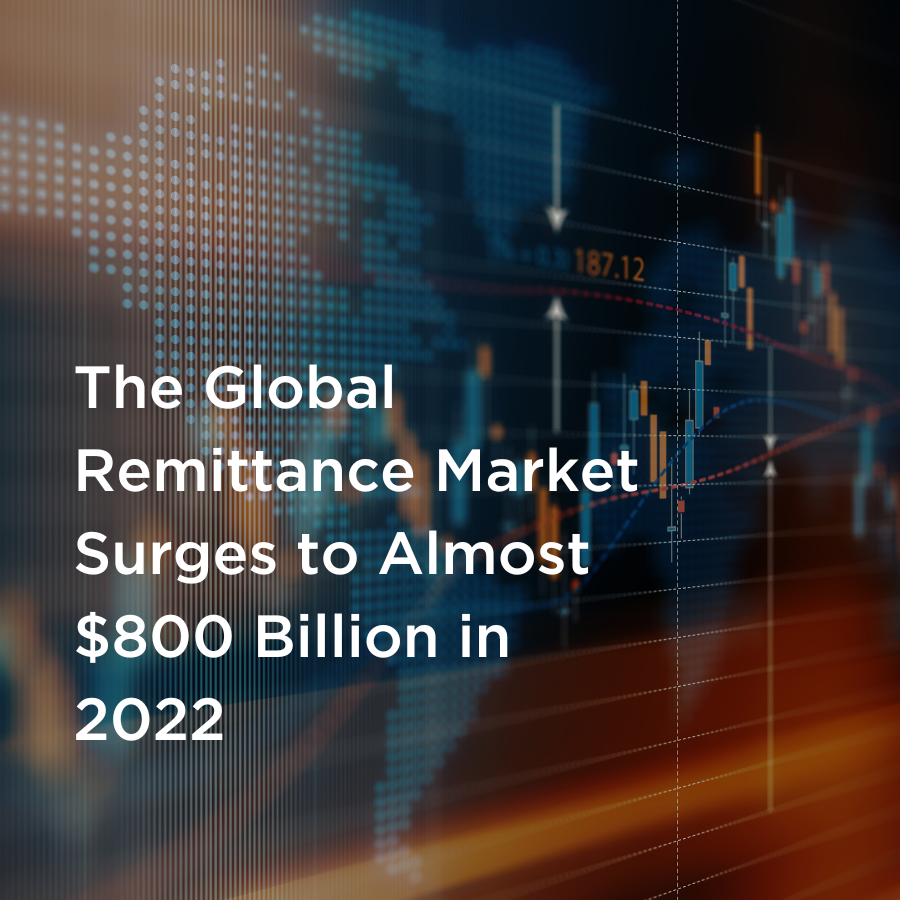














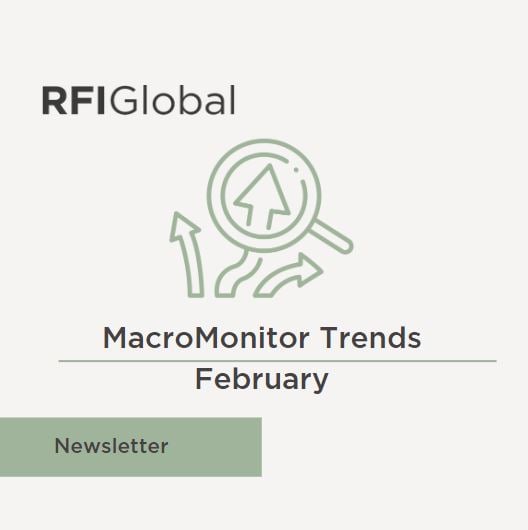

































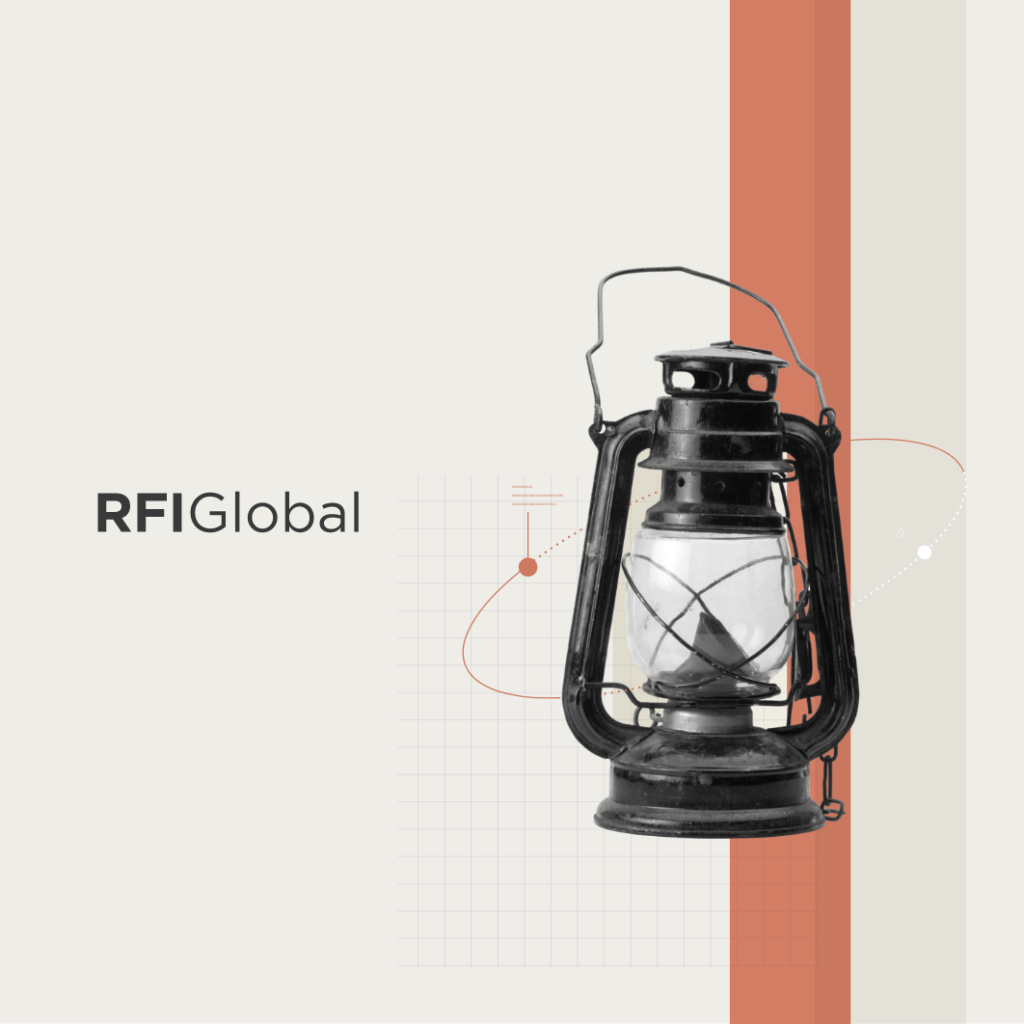

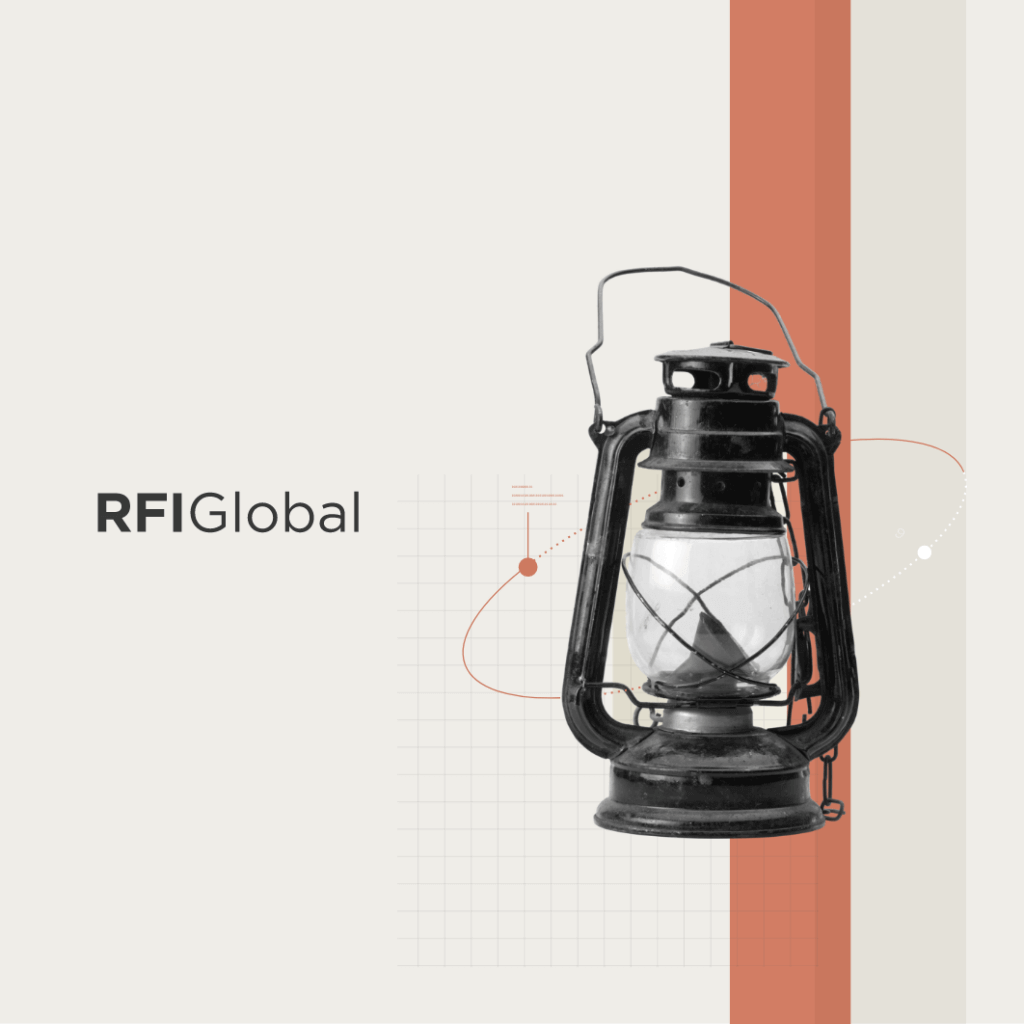
/NQA-ISO-27001-Logo-UKAS.jpg)